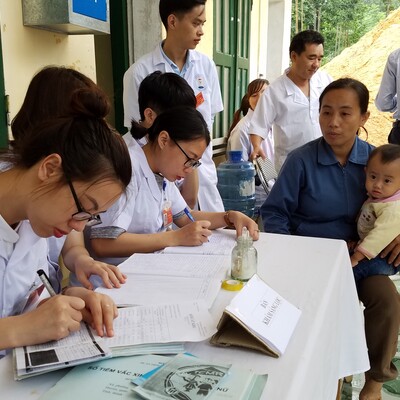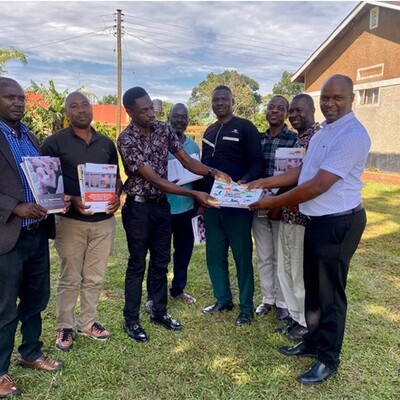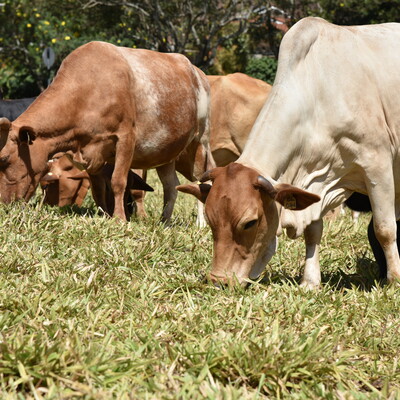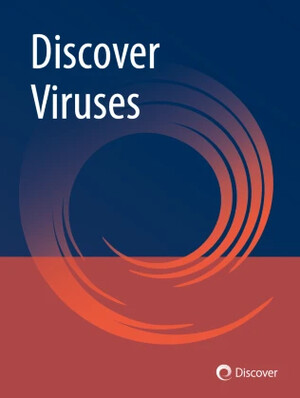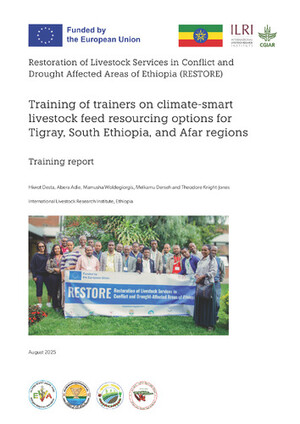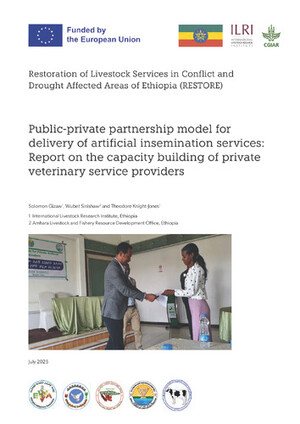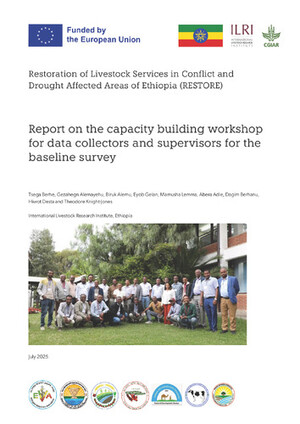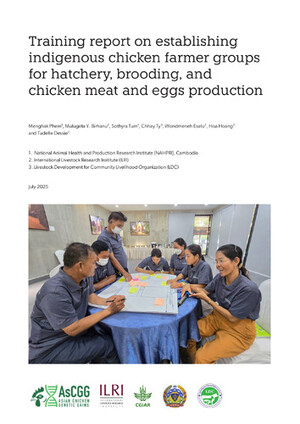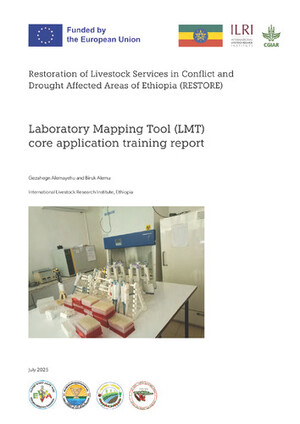
Improved cattle feeding holds the key to dairy sector growth in Nicaragua
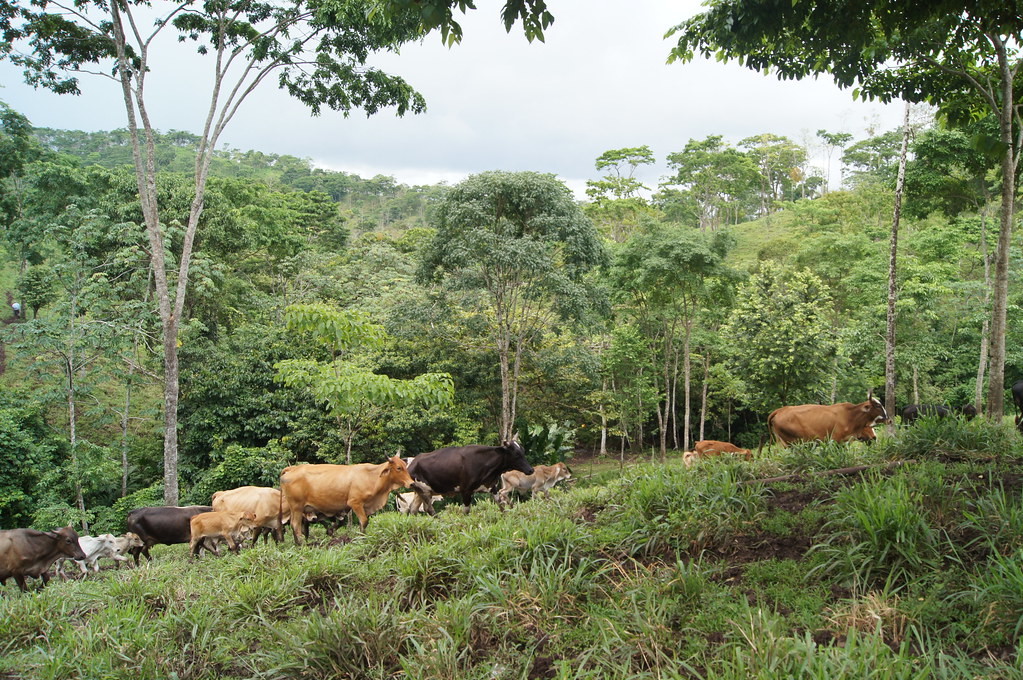
A model silvopastoral farm established in Matiguás, Nicaragua (photo credit: Shadi Azadegan/CIAT).
Dairy is an important contributor to the nation’s economy in Nicaragua. Cattle production accounts for 45% of the national agricultural Gross Domestic Product (GDP) and 32% of exports by value.
An improved cattle feeding system is a profitable investment that can increase cow milk yields in the country. In a recently concluded study applied in the region of Matiguás, an important dairying region of Nicaragua, researchers established that investment in improved pastures combined with training in pasture management will yield the highest returns in the long run.
An innovation of the study was the application of participatory system dynamics (SD) modelling in a value chain context. While many alternative policies and interventions can be considered when upgrading value chains, few analytical methods exist that can quantify their multidimensional impacts and trade-offs ex ante. SD modeling approaches help bridge these gaps by permitting analysts to model and quantify dynamic processes and relationships in the value chain. Furthermore, the model developed in Matiguás involved the direct participation of different stakeholders in the dairy value chain, providing greater confidence in the model results and a platform for joint learning and trust building.
Four modules focusing on herd dynamics, milk production and sales, feed dynamics, and financial aspects were used to conduct what-if-scenarios for identified policy interventions. A set of four policy intervention scenarios were selected to be tested in the survey. These included: (1) increasing the use of concentrates during the dry months; (2) increasing the amount of land used for improved pasture; (3) increasing the number of dairy cows; and (4) a combination of policies (1) and (2).
According to the study, strategies that reduce feed concentrate costs and support producers with investments in improved pasture will strengthen the competitiveness of small- and medium-scale producers. This coupled with training on pasture management skills will enable farmers to achieve high returns on investment by realizing potential gains in productivity.
In the Matiguás dairy value chain, the SD model provided a deeper understanding of the complex and dynamic nature of the interactions between markets, coordination among value chain actors, biophysical phenomena, and income. The SD model helps to provide an evidence base of potential outcomes from value chain interventions, and their resultant financial returns, which may otherwise not be obvious. This information is crucial to value chain actors, donors, and policy decision makers.
The Matiguás dairy industry now has crucial leads from this study titled ‘An empirical evaluation of policy options for inclusive dairy value chain development in Nicaragua: A system dynamics approach’ –— that will contribute immensely to stakeholder productivity and profitability in Nicaragua.
The study was conducted by researchers at the Faculty of Social Science, Department of International Environment and Development Studies, the Norwegian University of Life Sciences , the International Livestock Research Institute (ILRI), East and Southeast Asia regional office, and the Tropical Forages Program, International Center for Tropical Agriculture (CIAT), with backstopping by staff at the Commonwealth Scientific and Industrial Research Organisation, Queensland Bioscience Precinct, Australia.
It is authored by Helene Lie, Karl M. Rich, Rein van der Hoek, and Kanar Dizyee.






